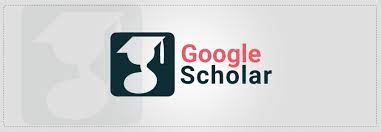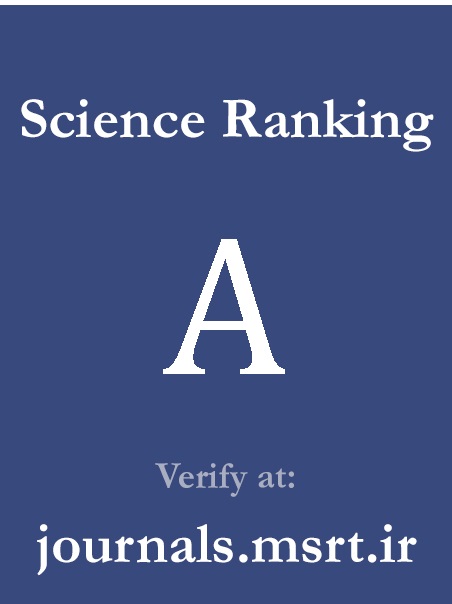Submissions
Author Guidelines
Authors are invited to make a submission to this journal. All submissions will be assessed by an editor to determine whether they meet the aims and scope of this journal. Those considered to be a good fit will be sent for peer review before determining whether they will be accepted or rejected.
Before making a submission, authors are responsible for obtaining permission to publish any material included with the submission, such as photos, documents and datasets. All authors identified on the submission must consent to be identified as an author. Where appropriate, research should be approved by an appropriate ethics committee in accordance with the legal requirements of the study's country.
An editor may desk reject a submission if it does not meet minimum standards of quality. Before submitting, please ensure that the study design and research argument are structured and articulated properly. The title should be concise and the abstract should be able to stand on its own. This will increase the likelihood of reviewers agreeing to review the paper. When you're satisfied that your submission meets this standard, please follow the checklist below to prepare your submission.
Essentials for writing and submitting the article:
First Page:
1. The title of the article is expressly and concisely brief and covers the whole article.
2. Authors information: the name of the author or authors, with the mention of a scientific or academic rank in English with mobile number or fixed number and e-mail address of the author on a separate page (page 1).
3. Abstract: Considering that the referrers to the article first use the summary of the article for evaluation, and given that the summary is usually published by the centers and scientific information institutes, this part of the article should be accurate and fluent, and a maximum of 300 words represent the chief complaint including purpose, method, results and conclusions of that research.
4. The keywords are considered to be introduced and guidelines of the article, at least 3 and maximums of 5 words.
5. The introduction contains the importance of research and the scientific background of the work.
6. Materials and methods of the work include a detailed and complete description of the consumables, the number, type and description of the specimens, the devices specifically designed for the research, with their full specifications and the method of execution. If the usual methods are used, they should refrain from mentioning them and mention the references, but if a new method is used, the full description of that method, together with the mention of the scientific names and sources of supplies, is essential. The statistical methods used should be presented in a comprehensible manner and based on valid references.
7. The results of the research can be presented in the form of a table with all lines, diagrams and images with the necessary explanations. Figures and tables should be completely clear and easy to understand, and at the same time express the true results of the experiments. Make clear images and graphs and avoid sending a copy of them. The axes of the chart are fully defined and avoid any unnecessary explanations. Each of the tables, charts and images with the number in the specified text and captions of the tables at the top of the table and captions of the figures are presented below the figures. All images, tables and charts should be included in the text of the article.
8. In the discussion and conclusion, the presented results should be analyzed and interpreted, and it should attract the attention of the readers on the main subject of the research, the hypotheses in the introduction section and the results of the research. This section discusses the relationships between influential factors or shortcomings and proposes new ideas. Even if there is a consensus or difference between the results of this research and the research carried out in this field, the scientific and theoretical applications will emphasize the achievements of this research and the fundamental inference of this study and refrain from repeating the results.
9. In the Limitations section author(s) should write any limitations that may affect their results or that they had encountered so that they could not reach more detailed and better results.
10. In the Suggestion section author(s) should write the suggestions that can help future studies and the applications of their results.
11. The list of references is limited to authoritative scientific books and articles and is not used in dissertations, articles presented at congresses and scientific congresses, and on internet sites.
**** English Font and size: Times New Roman, 12, 1.5 space with 2 cm margins
**** Authors are required to use Endnote for referencing.
**** The references format (in text and list of references) is based on the APA format.
**** Please click here for information on how to cite in-text and references list format.
Acknowledgment (if required):
Any contributor who does not meet the author criteria should be acknowledged in this section. An award can be given to an individual who provided technical assistance in the form of writing or proofreading an article, or to a department that provided general assistance.
Conflict of Interest:
All authors must disclose any financial or personal ties to any other person or organization that could have an improper influence on their study. If no interests are disclosed, please provide the following information: Conflict of interests: none.
Source/Funding:
Indicate who funded the research and/or the production of the article, and briefly describe the role of any sponsors in designing the study, data collection, analysis and interpretation, writing the manuscript draft, and in the decision to submit for publication. If the funding source(s) was not involved, it is recommended to disclose this information.
Ethical Considerations (If required):
Describe how you have implemented the ethical principles if your study includes human participants.
Submission Preparation Checklist
All submissions must meet the following requirements.
- This submission meets the requirements outlined in the Author Guidelines.
- This submission has not been previously published, nor is it before another journal for consideration.
- All references have been checked for accuracy and completeness.
- All tables and figures have been numbered and labeled.
- Permission has been obtained to publish all photos, datasets and other material provided with this submission.
Articles
Section default policyPrivacy Statement
The names and email addresses entered in this journal site will be used exclusively for the stated purposes of this journal and will not be made available for any other purpose or to any other party.







